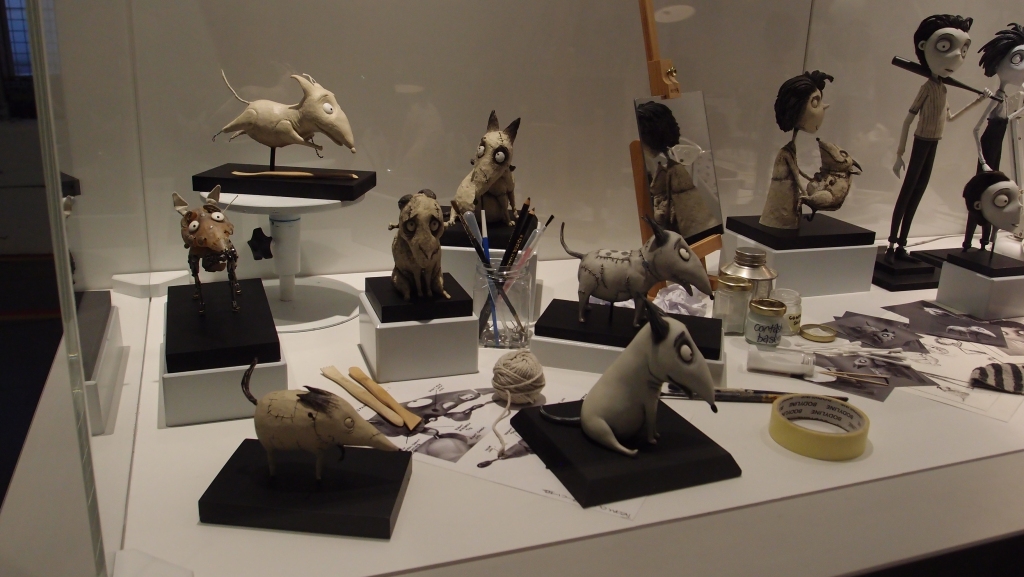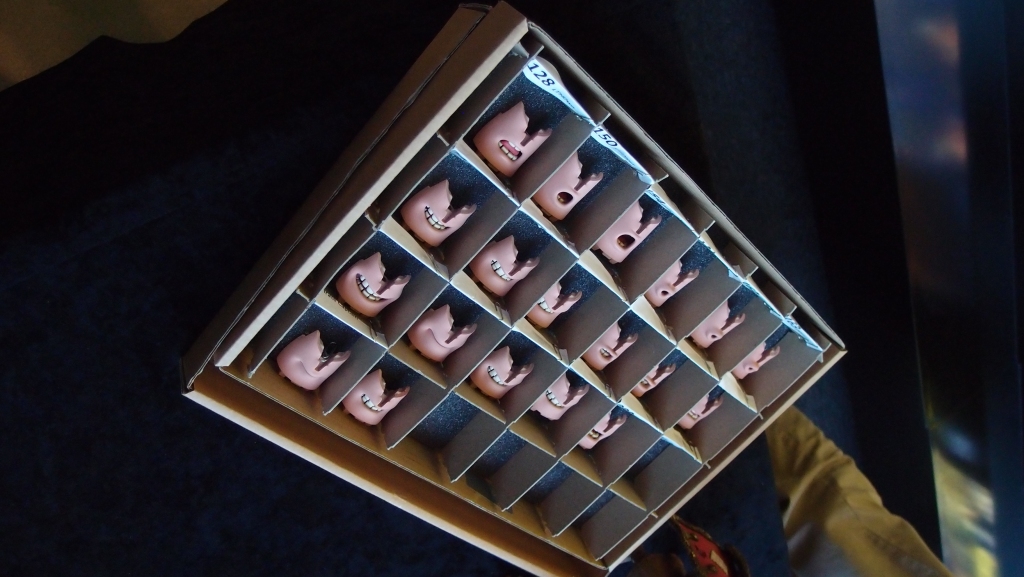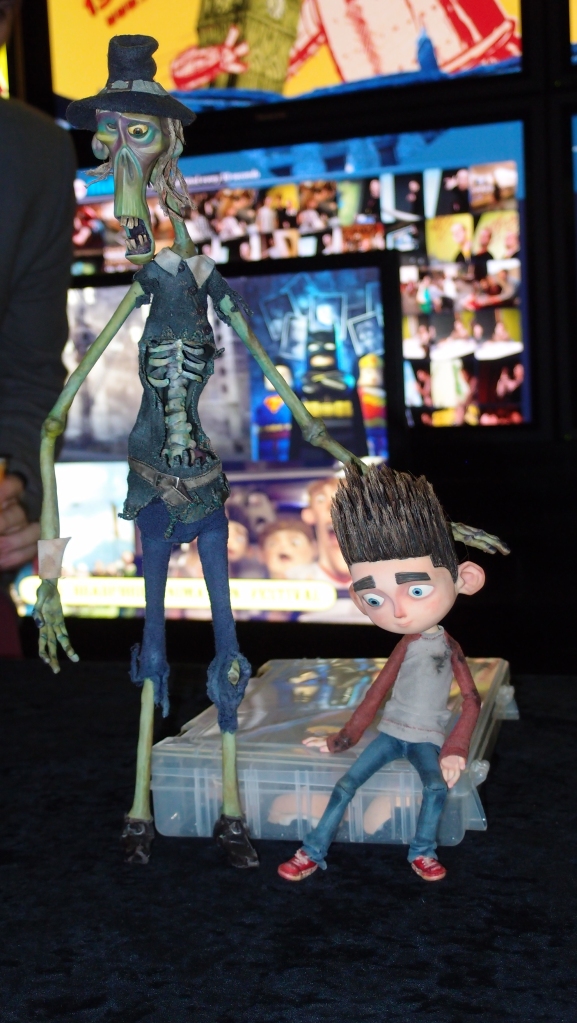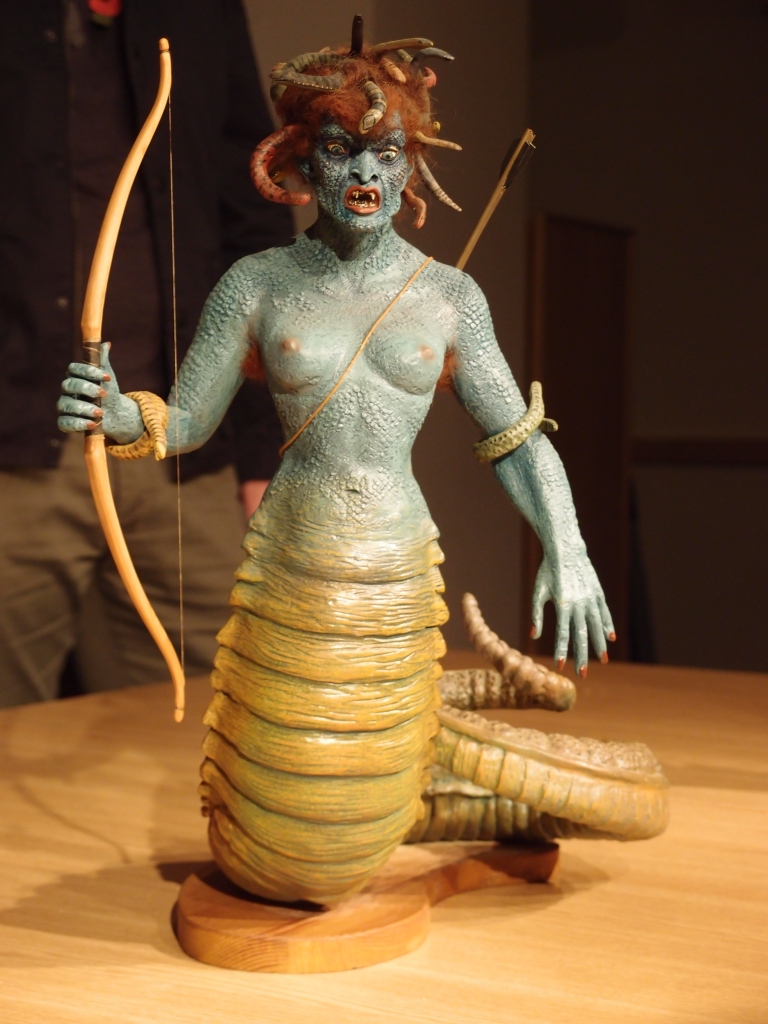Video, when made well, can be very good at engaging students in a subject and explaining concepts quickly and informatively. However, the realism of standard video can be a little dry and unsuitable for demonstrating how processes work. This is where animation can be invaluable: due to it’s artistic style and character it can be immensely engaging to watch and can be very effective at explaining concepts using simplified or abstract images, moving on the screen.
How Does Animation Work?
Each second of a movie is made up of a number of individual pictures or frames. When these frames are displayed quickly, one after another, we see the illusion of movement. Typically there are 25 frames per second, so for a 5 minute movie, that means 5x60x25 = 7500 frames. If these frames are drawn, that’s 7500 individual drawings!
Traditional Animation
In traditional animation each frame is drawn by an animator. In the golden age of animation, drawings were sketched first in pencil then an inked version created on a piece of clear cell. These cells could then be composited on top of a painted background and photographed to give a complete frame. Disney, Warner Brothers and Hanna Barbara used this technique for decades to produce some of their most famous cartoons, such as Dumbo, Bugs Bunny and Tom & Jerry. These days, computers are used to ink, colour and composite.
A lot of traditional animation is now made using Adobe Flash. This allows the animator to create a library of characters, body parts and props that can be placed onto a background stage and moved around over time. Key frames can be created (say the start and end point of an arm movement) and the software used to automatically create all the poses in between – a process known as ‘tweening’. This can speed up the animation process immensely. A very popular animation created using Flash is “Simon’s Cat” by Simon Tofield, who happens to work near to City University in Islington.
In the Media & Innovation Learning Lab (MILL) at City, I’ve created some traditional animation using Adobe After Effects. This also does tweening but has the addition of motion blur, which gives a realistic blurring look to fast-moving objects. Here’s an example…
Stop-frame Animation
In stop-frame animation, models & puppets are used instead of drawings. These are moved small amounts between frames and when played back give the impression of life. Characters are sometimes made from plastercine (in the case of “Wallace & Gromit”) or from a rubber like material, with an adjustable skeleton or armature inside.
One of the pioneers of stop frame animation is Ray Harryhausen, the animator behind the monsters features of the 50s and 60s, such as “Jason & the Argonauts” and the Sinbad films. Regarded as a genius of his day, his work inspired many of today’s fantasy directors and leading animators. His puppets and sketches are soon to take pride of place in a permanent exhibition at the National Media Museum in Bradford. I was lucky enough to see some of these amazingly detailed puppets, including his famous Medusa from the film “Clash of the Titans’. With snakes for hair, they all had to be individually animated.
Stop frame animation is still popular today, with several features released over the past years including “Fantastic Mr Fox”, Tim Burton’s “Frankenweenie” and Ardmann’s “The Pirates in an Adventure with Scientists” being just a few examples. Although many of the techniques haven’t changed in decades, technology has made some big advances to the process. Colour 3D printers are used to ‘print’ different facial expressions for the characters, giving that extra bit of realism and bracketing / stands which hold up the puppets can be removed from shots using computer graphics. However, the process is still laborious and often only seconds of animation are created in a day.




Computer Generation Imagery or CGI
Some of the biggest advances in animation have come with the development of computer technology. With CGI, character models are moulded, painted and textured, a skeleton added and then animated – all inside the computer. The characters can be placed in elaborate sets, beautifully lit and then the resultant frames rendered out as a finished film. The beauty of computers is that changes can be made very quickly, both to the look of the visuals or the animation, and tweening can be very well controlled. As well as this, movement can be programmed so that the material in CGI clothes can flow and behave like real cloth, objects can bounce and react to forces and crowds of characters can move like a flock, behaving rules that govern the movement. Poses, facial expressions and animations can be stored and then stung together to form more complex movements.
Some of the most prominent names in CGI include Pixar, Dreamworks and of course Disney, who produce entirely CGI animated feature films and shorts. CGI is also used in blockbuster movies for combining animation with real footage seamlessly. Big names include Double Negative, MPC and The MILL in Soho (not to be confused with The MILL at City University London!)
___________
Animation has becoming hugely a hugely important part of visual entertainment, marketing, computer games and educational multimedia. There are many animation festivals and conferences in the world, some of the most important being Annecy Animation Festival in France and SIGGRAPH, the computer graphics expo. One of the best conferences in the UK is the Bradford Animation Festival (BAF), held every year at the National Media Museum. Almost 20 years old, the festival covers all things animation related, showcasing shorts and features from students, advertising, and independent animators, as well as holding detailed masterclasses from some of the biggest names in the industry. Networking and interviews with prominent people in the field are also in abundance. It’s a great place to live and breathe animation and meet others with similar interests, as well as spending time in the fantastic museum – 9 floors devoted to film, animation and photography.
I’ve been lucky enough to attend for the past several years and this year’s highlights included Double Negative talking about the special effects animation on “Total Recall”, a retrospective on “Bugs Bunny” legend Chuck Jones with his granddaughter Valerie Kausen, Laika Studios talking about stop-frame animation on “Coraline” and “Paranorman”, as well as 100s of shorts from cutting edge CGI to educational films using traditional techniques. It’s a festival that is going from strength to strength.
The MILL at the LDC mainly focuses on traditional video but I have been fortunate enough to produce several animations for education as well as assisting various students with their own animations. Partially for engagement, and partially to demonstrate processes clearly and effectively, each animation has it’s own character, style and charm and reaction so far has been very positive.
The trickiest piece I’ve attempted was a small film for the Law School. They requested a piece which showcased and demonstrated their Lawbore website in an engaging way. The site utilises an owl logo, so for the film I created a CGI owl and incorporated into the live action.
The owl talks, jumps about and has a rather interesting Scottish accent. The creation was relatively straight forward – the owl was sculped and painted with the software and a skeleton placed inside to give it movement.
The owl was then layered on top of the video footage and lighting adjusted so that it fitted naturally into the scene. Finally, shadows were added to give that extra bit of realism and make the owl look as if it were actually there. Probably the most difficult process was getting the beak to move in sync with the dialogue so that it looked like it was actually speaking. I did find a workaround for this rather than having to animate the beak to every bit of speech. Thankfully!
Other pieces have including animations explaining podcasting, advertising university events and many many animated title sequences for films. I’ve also created pieces in my own time for competitions, including this one for Red Bull, kindly voiced by a member of my team Sian Lindsay.
For CGI animations I use Softimage from Autodesk, which does have a large learning curve and is expensive. However, there are several free packages, the best probably being Blender. This is capable of professional results and several award-winning films have been made with it. For traditional style animation I love to use Adobe After Effects. Again, it’s not cheap and has a steep learning curve, but the results are impressive. For simple animation, Final Cut Pro can be used and students have used it to produce some very impressive stop-frame animations and title sequences. The following example by student Liz Hilder was produced by taking dozens of photographs, which were brought into Final Cut and then rendered out as a final film.
We’re left with the classic question: animation may be effective but is the reward worth the effort? It’s a question without a simple answer. If engagement is a must or a concept needs explaining clearly and cleanly, sometimes animation is not only the best option, it’s often the only option. I will finish with one of my favourite educational animations, created by the RSA. The talk itself is inspirational but the associated animation just nails the piece home. You won’t forget it in a hurry and I think it’s wonderful. Enjoy.
















Really enjoyed your post. Glad to see Bradford and the National Media Museum are getting the coverage they deserve. I love the place!
Reblogged this on Am I Kulchad Yet?.